Spice Up Your Life: What Is a Traditional Mexican Dish and How to Master It
Table of Contents
Introduction
When it comes to global spice traditions, Mexican cuisine stands out with its bold flavors, vibrant colors, and rich cultural history. From the smoky depth of chipotle to the bright zing of lime, every bite tells a story. But what exactly is a traditional Mexican dish? And how can you bring that authentic taste into your own kitchen? In this article, we'll explore the essence of Mexican cooking, share some of its most iconic dishes, and give you practical tips to recreate them at home.
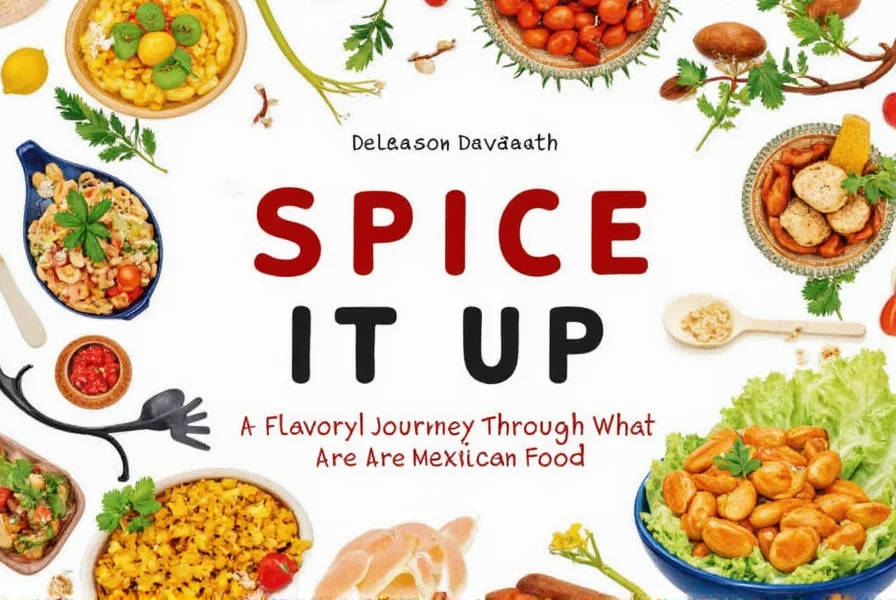
What Is a Traditional Mexican Dish?
A traditional Mexican dish is more than just a meal—it's a reflection of Mexico’s diverse geography, indigenous roots, and colonial influences. These dishes often feature ingredients like corn, beans, chili peppers, tomatoes, and avocado, all of which have been staples in the region for centuries. Many recipes have been passed down through generations, preserving not only the flavor but also the cultural significance of each dish.
One of the defining characteristics of traditional Mexican food is the use of fresh, locally sourced ingredients. For example, mole sauce—often considered one of the most complex and beloved Mexican sauces—is made with a mix of dried chilies, chocolate, nuts, and spices. This combination creates a deep, rich flavor that is both sweet and savory, showcasing the complexity of Mexican cuisine.
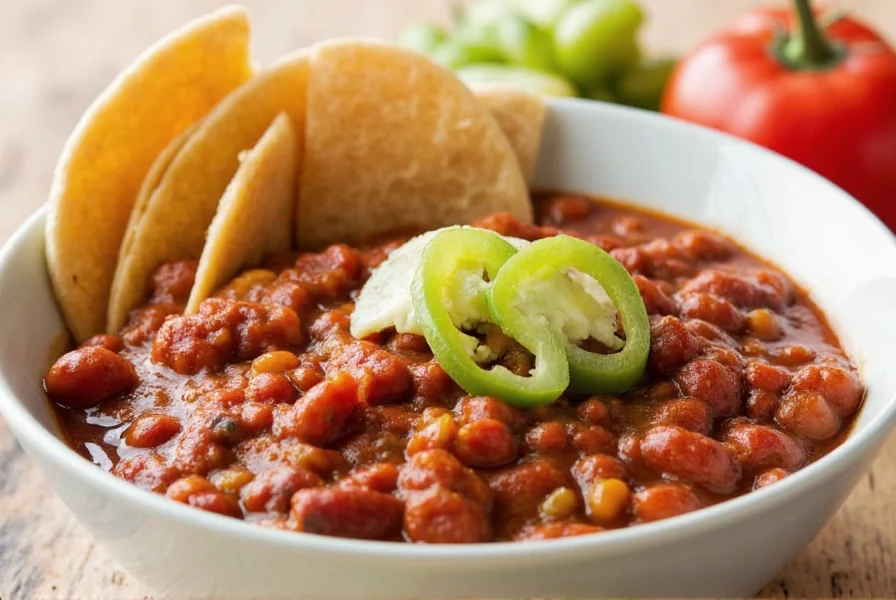
Popular Traditional Mexican Dishes
There are countless traditional Mexican dishes, each with its own unique flavor profile and preparation method. Here are a few of the most iconic ones:
- Tacos al pastor: This dish features marinated pork cooked on a vertical spit, served in warm tortillas with onions, cilantro, and salsa.
- Pozole: A hearty soup made with hominy and pork or chicken, often garnished with radishes, lettuce, and lime.
- Enchiladas: Corn tortillas filled with meat, cheese, or vegetables, then covered in a red or green chili sauce.
- Tamales: Steamed masa (corn dough) wrapped in corn husks or banana leaves, often filled with pork, chicken, or vegetables.
- Chiles en nogada: Stuffed peppers topped with a creamy walnut sauce and pomegranate seeds, traditionally eaten during Mexican Independence Day.
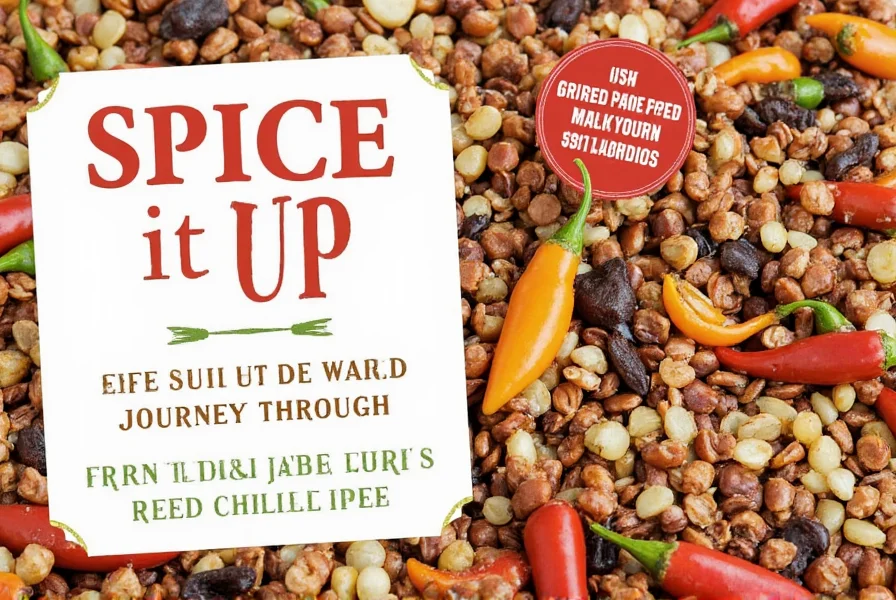
Spice and Ingredients: The Heart of Mexican Cooking
The soul of any traditional Mexican dish lies in its spices and ingredients. Let’s take a closer look at some key components:
| Ingredient | Description | Flavor Profile |
|---|---|---|
| Chipotle | Dried jalapeño peppers smoked and fermented | Smoky, slightly sweet, and spicy |
| Cumin | Warm, earthy, and slightly bitter | Earthy, nutty, and aromatic |
| Oregano | Used fresh or dried, especially in salsas and stews | Pungent, slightly citrusy, and herbal |
| Tomatillo | A green fruit used in salsas and sauces | Tart, tangy, and slightly citrusy |
| Avocado | Commonly used in guacamole and as a topping | Buttery, mild, and creamy |
These ingredients work together to create a balance of heat, acidity, and richness. For instance, the heat from jalapeños or serranos is often tempered by the creaminess of avocado or the tanginess of lime.
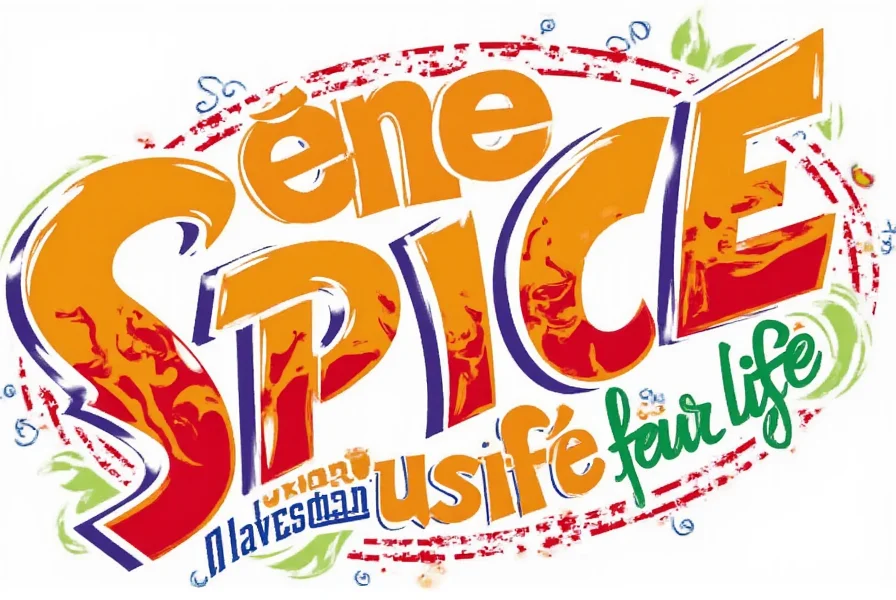
Cooking Tips for Authentic Flavors
If you're looking to recreate the magic of traditional Mexican dishes at home, here are a few practical tips:
- Use fresh ingredients whenever possible: Fresh herbs, ripe tomatoes, and homemade tortillas make a world of difference in flavor.
- Master the art of roasting chilies: Roasting chilies enhances their flavor and makes them easier to blend into sauces.
- Don’t skip the grinding: Many Mexican sauces, like mole or salsa, require grinding or blending to achieve the right texture.
- Experiment with regional variations: Each region in Mexico has its own culinary specialties, so don't be afraid to try new things!
One of the best ways to get started is by trying a simple recipe like guacamole or enchiladas. These dishes are easy to prepare and allow you to experiment with different seasonings and toppings.
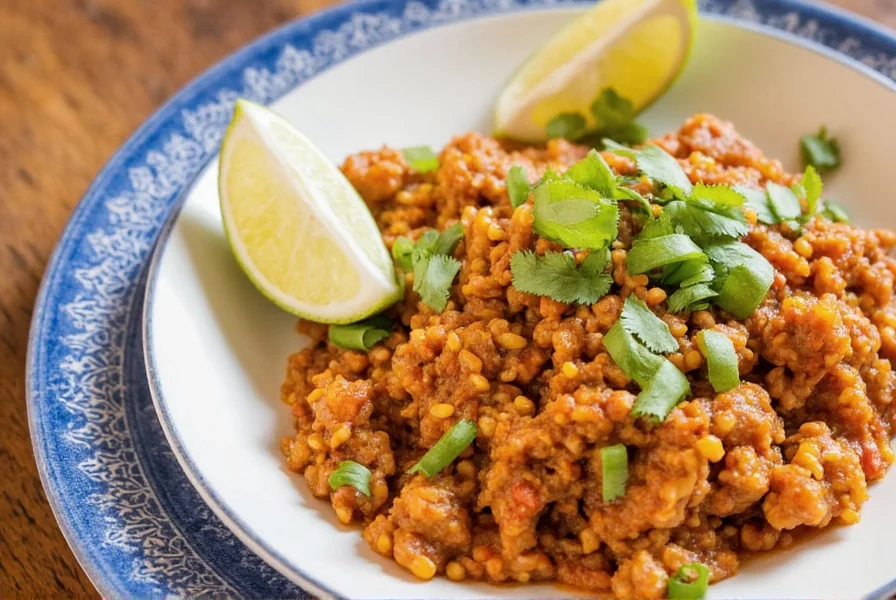
Buying Guide: Essential Tools and Ingredients
Whether you’re a seasoned chef or a curious home cook, having the right tools and ingredients can make all the difference in creating an authentic Mexican meal. Here’s a guide to help you choose:
Essential Ingredients
- Chili Peppers: Choose from a variety of types such as jalapeños, poblanos, or habaneros depending on the desired heat level.
- Corn Tortillas: Fresh or store-bought, these are the base of many traditional dishes.
- Tomatillos: Look for firm, green ones with a slight sheen.
- Avocados: Ripe avocados should be slightly soft to the touch.
- Beans: Black beans, pinto beans, or refried beans are common in many recipes.
Recommended Tools
- Blender or Food Processor: Essential for making sauces and salsas.
- Cast Iron Skillet: Great for searing meats or frying tortillas.
- Molcajete: A traditional mortar and pestle used for grinding spices and ingredients.
- Griddle or Comal: Perfect for cooking tortillas and flatbreads.
For those who want to elevate their cooking experience, consider investing in high-quality chili powders or pre-made salsas. These products are convenient and can save time without compromising flavor.

Conclusion
Traditional Mexican dishes are more than just food—they’re a celebration of culture, history, and flavor. Whether you're cooking up a plate of tacos al pastor or savoring a bowl of pozole, the journey of preparing and enjoying these meals is just as important as the final result. By understanding the ingredients, techniques, and spirit behind these dishes, you can bring the warmth and richness of Mexican cuisine into your own kitchen.
So next time you ask yourself, what is a traditional Mexican dish?, remember that it’s not just about the recipe—it’s about the story, the people, and the love that goes into every bite.
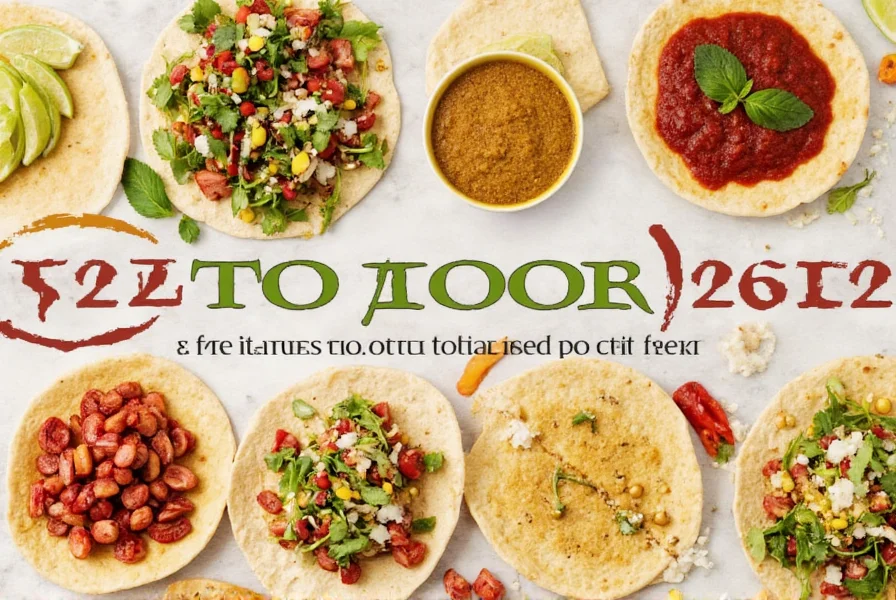

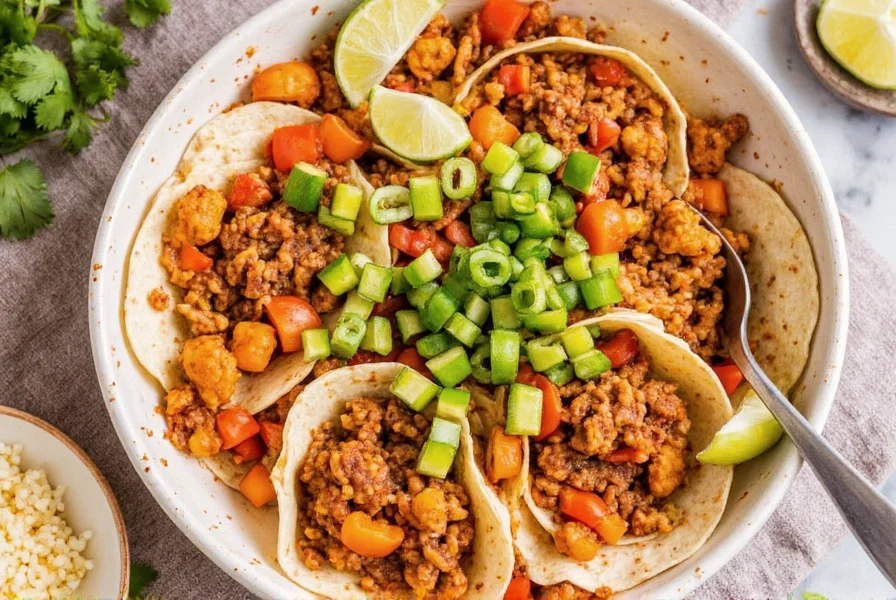









 浙公网安备
33010002000092号
浙公网安备
33010002000092号 浙B2-20120091-4
浙B2-20120091-4